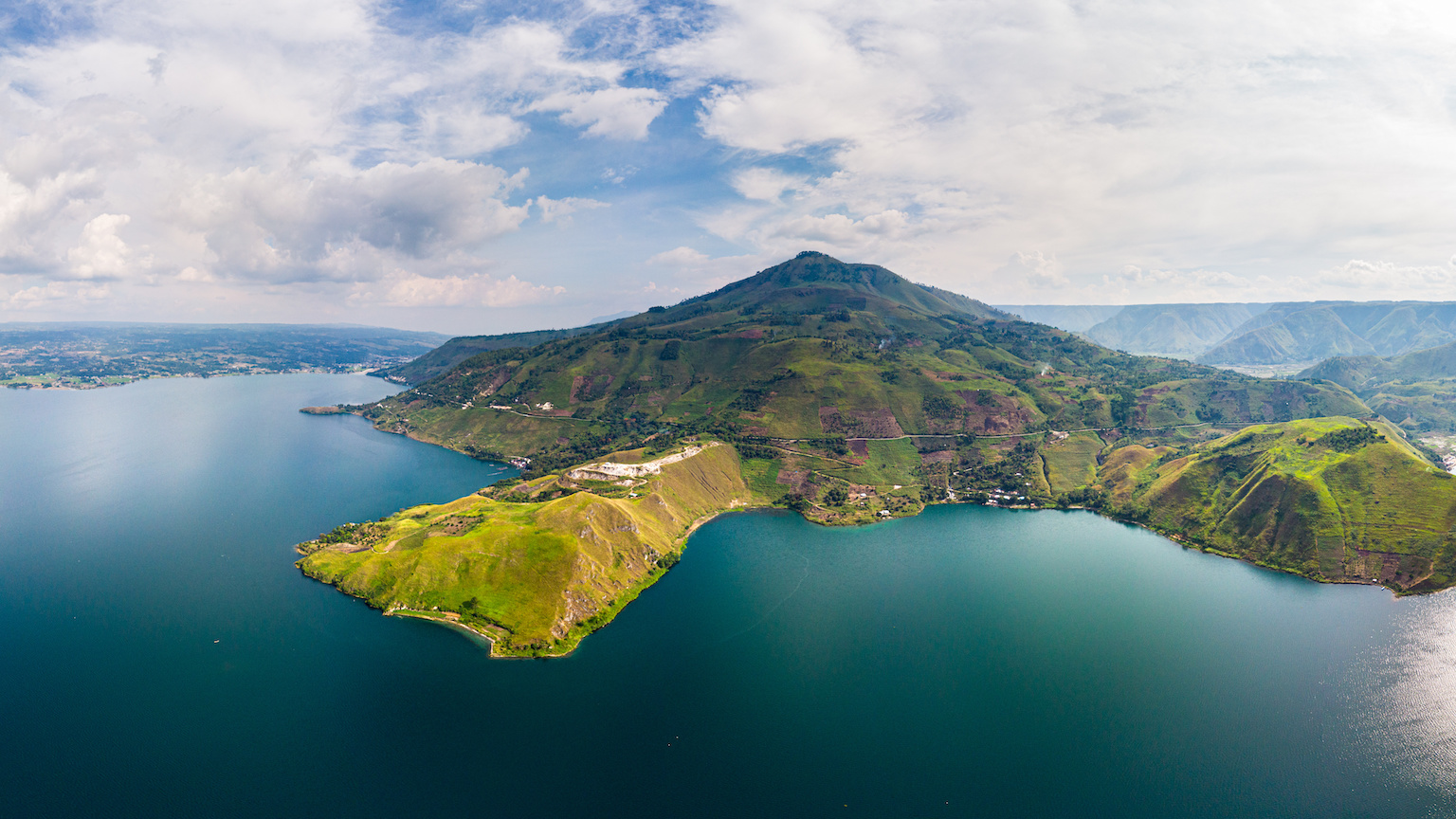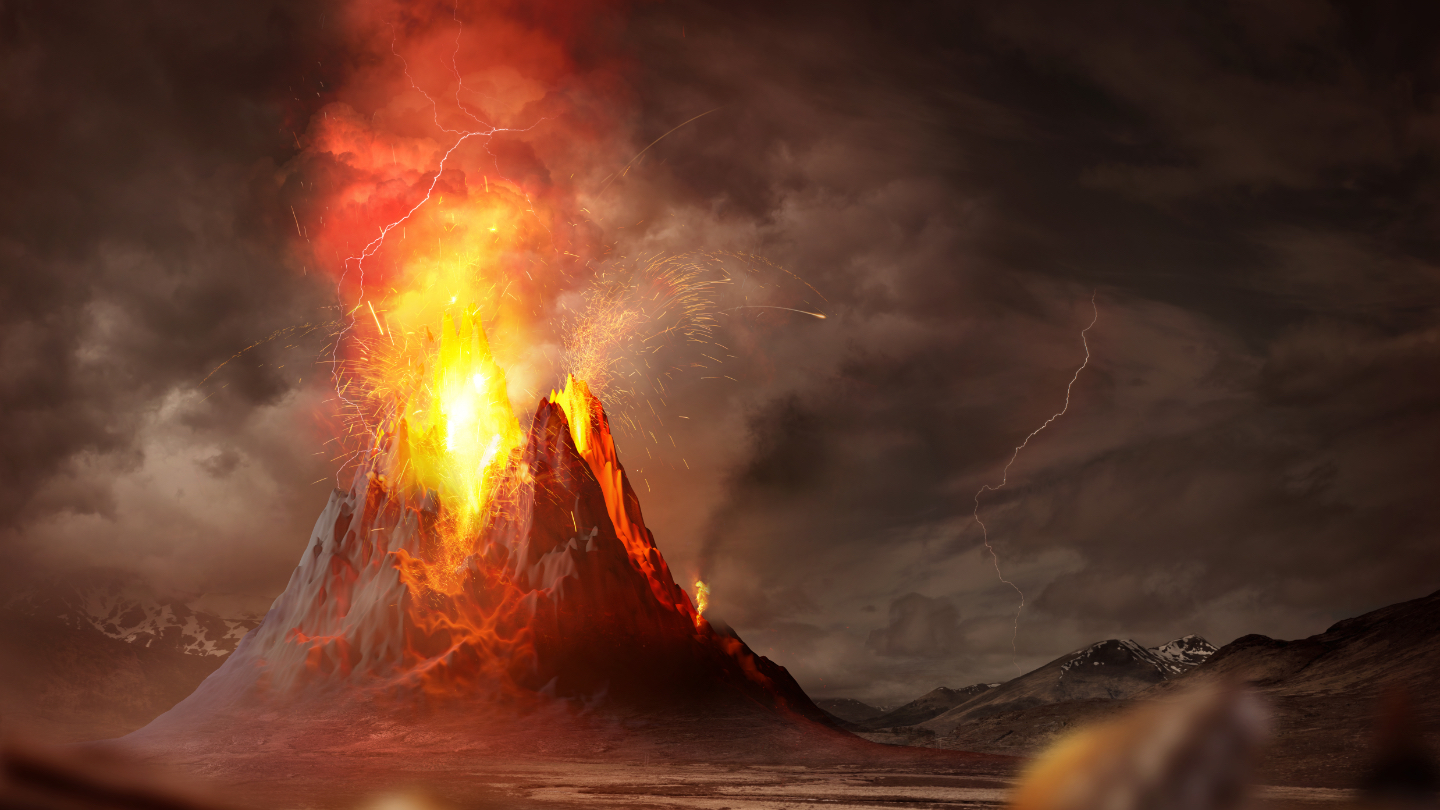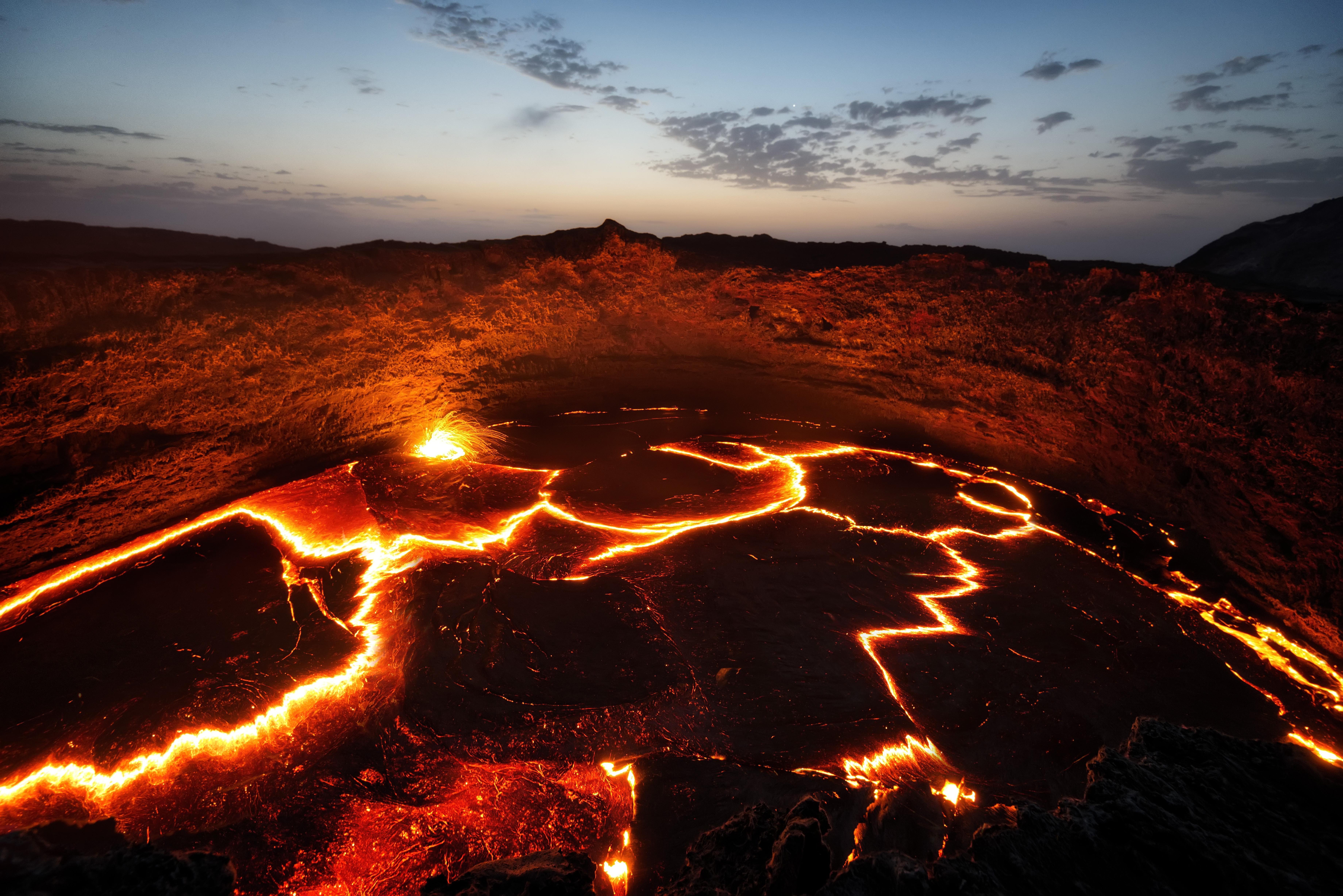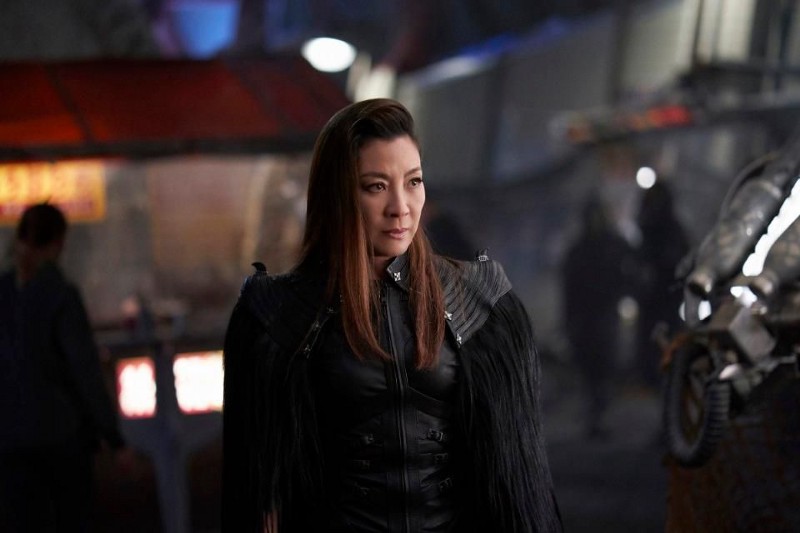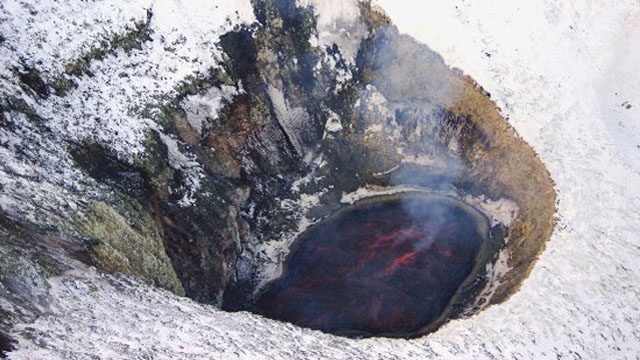Certainty vs. Uncertainty: What “Supervolcano” teaches us about science and society

“You put super in front of eruption and I don’t imagine it makes it better.” – FEMA Sec. Wendy Reiss in Supervolcano.
This week in my Freshman Volcanoes class here at Denison, we lauched 2005’s Supervolcano, a so-called docudrama about a hypothetical eruption at Yellowstone Caldera. Now, the film itself has its ups-and-downs and having seen it as many times as I have, I still notice new themes that appear in the film. This time what really jumped out at me was the struggle between certainty and uncertainty at all levels, but mostly between science and society. While science is, for lack of a better world, comfortable with the fact that there is also uncertainty in our predictions and understanding of natural events, society wants the opposite from science: they want certainty.

The as-yet-to-be-invented Vergil technology to image the Yellowstone caldera, as seen in ‘Supervolcano’
Some examples from the film:
These are just a few of the examples of certainty versus uncertainty seen in the film. Even after the eruption begins in earnest, the conflict continues as the geologists attempt to determine how big and how long the eruption will be, FEMA struggles with how to help survivors and Rick, his brother-in-law and the Air Force technician tackle what to do – stay in their bunker or try to find help.

Dashing YVO Scientist-in-charge Rick Lieberman from ‘Supervolcano’.
The final decision about what to do about the survivors is a reversal of the roles, interestingly. The government wants to tell people to stay put and not go into the ash and “wait for rescue” that in all likelihood will never come. However, that is a plan that has the most certainty – people staying in their home might face less danger. Rick, on the other hand, advocates the “Walk to Life” plan, where survivors are told where to walk to in order to get help. It is inherently riskier, with people going out into a volcanic wilderness – a large uncertainty – but offers at least the chance that people can reach help before starvation. “Walk to Life” is chosen and in the end the head of FEMA says 7.3 million people were saved due to the plan.

Map seen in the FEMA headquarters during the eruption of Yellowstone in ‘Supervolcano’.
Now, maybe this is a much deeper look at the film than it merits, but I think the message is one that is very important for the public to understand: science is not certain. Unfortunately, this is the way it is taught in many schools, the science is fact and facts are uncertain. It makes for an easy dichotomy – science is the lack of uncertainty by understand the universe through facts. However, the key part of the relationship that is glossed over is that, by nature, the universe is not a certain place, so our understanding is couched in that uncertainty. We can try our best to definitely say anything about what a volcano might do, but our understanding has error, it has speculation, it as outright guesses to try to make sense of a highly unpredictable system. We do an incredible job in predictable volcanic events, but the 100% certainty of both magnitude and timing that society desires might be out of our reach.
A few other “Supervolcano” comments:
This isn’t really a review of Supervolcano, but rather just some rambling of thoughts I had while I watched the film – but what really stood out was that struggle between certainty and uncertainty. Even as Rick looks back on the eruption afterwards, he is racked by this – what if he had seen the signs earlier, could he have acted differently? It all implies that there was a “right decision” and in science, sometimes that certainty of the “right decision” is not a luxury to which we are privileged.
Top left: One of the more chilling images from ‘Supervolcano’, where multiple eruption plumes are seen in the same field of view.
